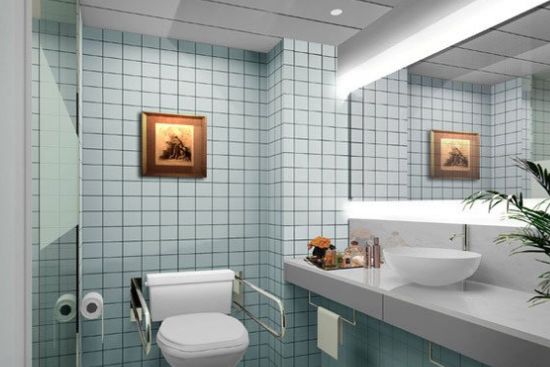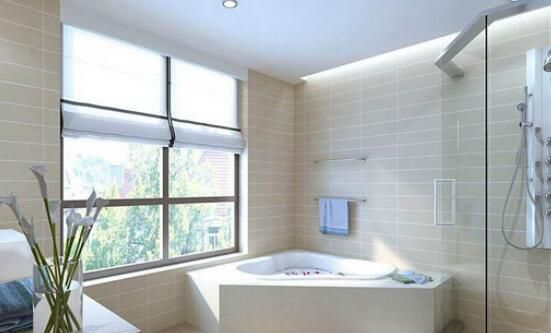There are many reasons why a bathroom is prone to leaking water. We must be as sloppy as we want to be waterproof. Waterproof precautions in the bathroom include the production process and scope of waterproofing, waterproof inspection, and ceramic tiles.
With the arrival of the rainy season, our home waterproofing project is facing a test. What is the reason why the bathroom is leaking easily? What are the precautions for our waterproofing project during the renovation?

1, rubber concrete cracks;
2. After the waterproof layer is made, the subsequent process destroys the waterproof layer (vulcan brick);
3, using a bad waterproof material (cheap no good goods);
4. The thickness of waterproof layer or waterproof layer is not enough (>1.2mm) as required;
5, did not do node processing as required (node ​​processing is not good);
6, decoration slotted buried pipe, damage to the original waterproof layer caused by leakage;
7, when doing waterproof base surface does not meet the requirements, there are sand, loose and other phenomena;
8, water pipes and cement shrinkage produce cracks.

1, waterproof treatment
Do the ground waterproof layer first, the coating should be uniform, thickness ≥ 1.5mm. Pay attention to the dead angle during construction, between the wall and the ground, between the water pipe and the ground. The walls shall be waterproof and refer to the ground. The waterproof layer on the side walls shall be ≥20cm high. There shall be bathtubs. The waterproof layer shall cover all parts where the shower can be sprayed. Of course, four walls of waterproof can also be done at the top of the wall, and the roof of the bathroom can be made waterproof better.
2, waterproof inspection
After the waterproof construction is completed, all sewers of the toilet shall be blocked, and a “low wall†shall be built at the entrance of the bathroom for water injection test. The height of water injection shall be about 10cm. After 24 hours inspection, if there is no leakage around the bathroom wall and the ground, the waterproof quality of the bathroom is very good. Instead, find the leak and perform maintenance.
3, tile paste
After the water-retaining test is completed, let it dry for 5-7 days. Add a layer of cement mortar on the waterproof coating. After the protective layer of cement mortar is dry, it can be tiled. The floor should have sufficient inclination to the floor drain to facilitate drainage. The tiles on the floor should be non-slip, waterproof, and the wall tiles should not absorb water, otherwise there is a color difference.
The above is about the reasons for leaking water in the bathroom and the introduction of waterproof precautions. I hope to be helpful to everyone.